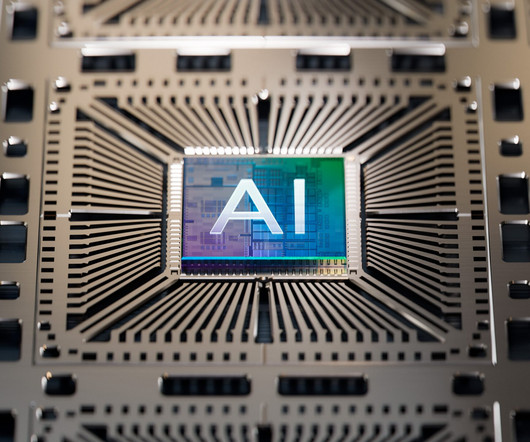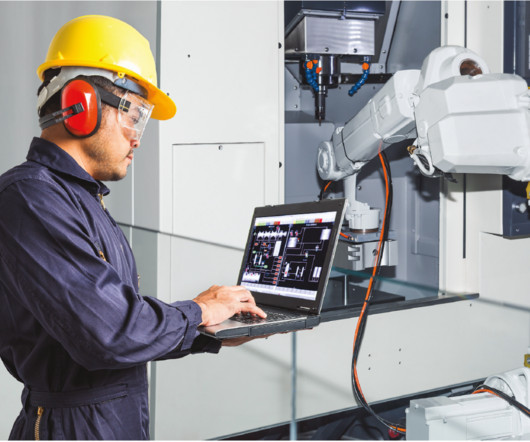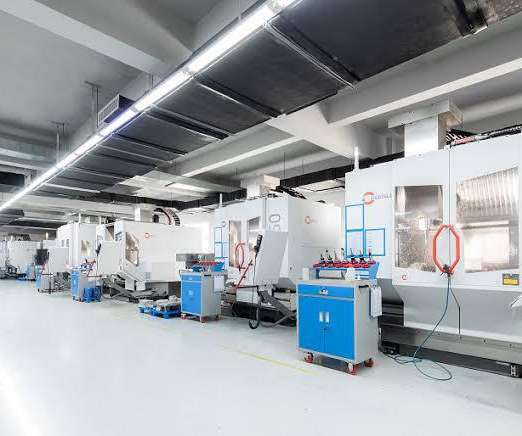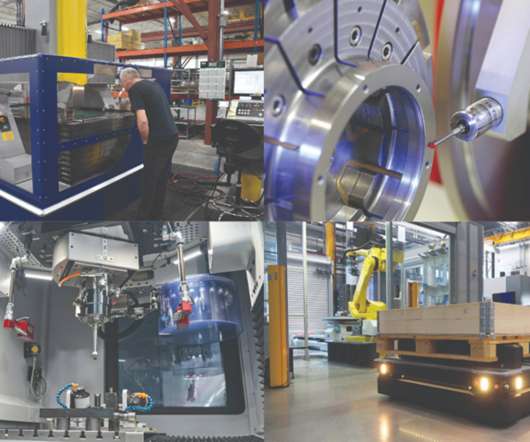How Artificial Intelligence is Improving ERP Systems
ATS
OCTOBER 11, 2023
With the introduction of artificial intelligence (AI), however, the potential of ERP systems for manufacturing has grown exponentially. By automating tasks, improving data processing and refining business intelligence, ERP and AI are improving the ERP landscape on a larger scale.






















Let's personalize your content